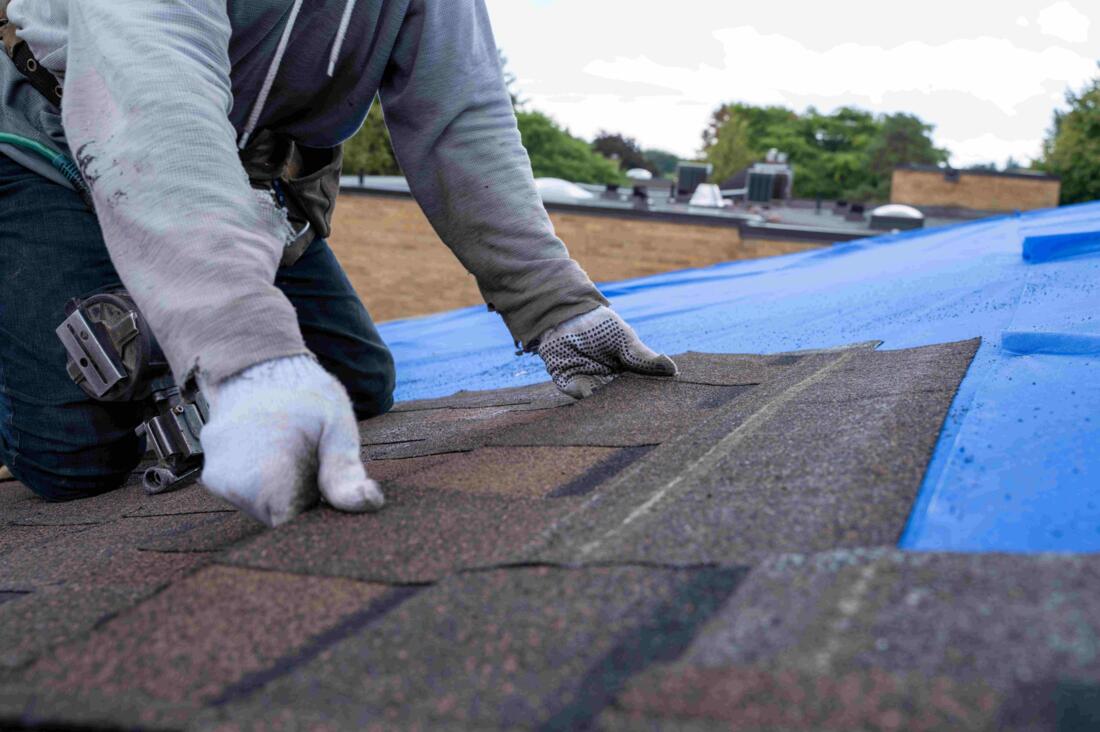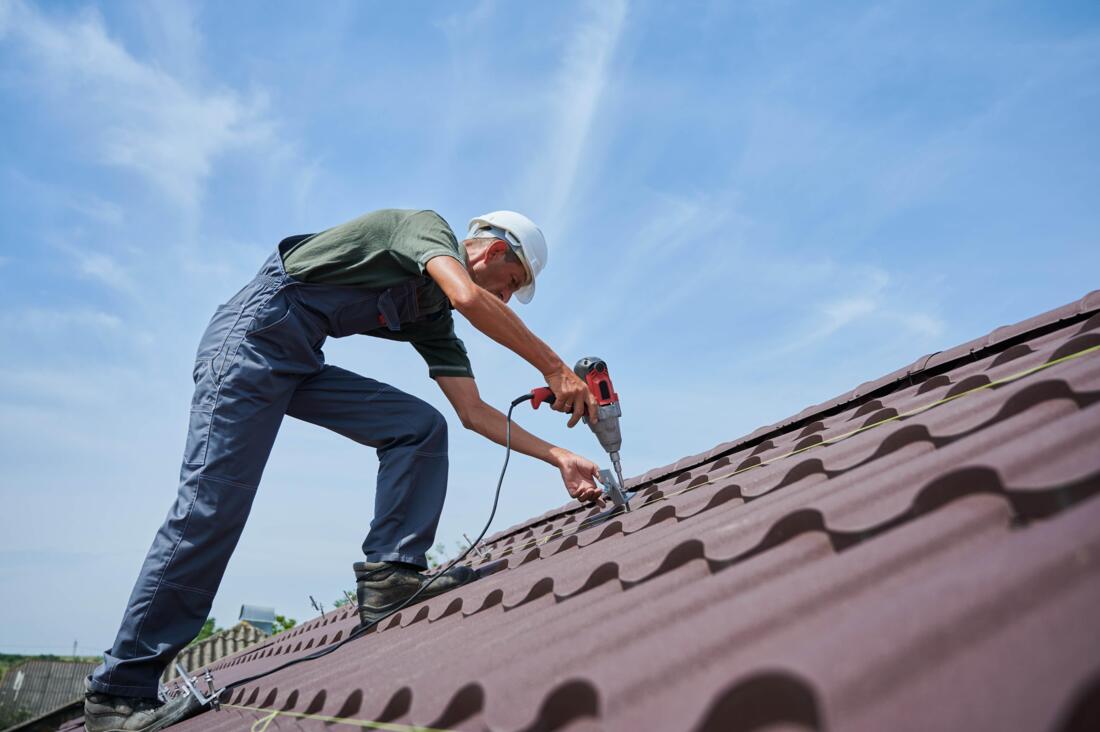By installing a cool roof, energy efficiency is improved as it reflects a greater amount of sunlight and absorbs less heat. This helps to lessen the demand for air conditioning, resulting in reduced energy costs. This environmentally-friendly advancement not only cuts energy bills but also diminishes greenhouse gas emissions, prolongs the life of the roof, and helps combat urban heat islands. These benefits are advantageous for both homeowners and the environment.
Cool Roofs: Saving Energy and Costs
Improving your household's energy efficiency is crucial for lessening your environmental impact and cutting down on energy expenses. An effective method to accomplish this is by fitting a cool roof. Cool roofs are specially engineered to bounce back more sunlight and retain less heat compared to traditional roofs, using highly reflective coatings, materials, or shingles. This reflective quality helps in maintaining a cooler indoor temperature during the warmer months, lessening the reliance on air conditioning and thus reducing energy usage. Consequently, homeowners can experience substantial savings on cooling bills, while also playing a part in lessening urban heat islands, which can have adverse effects on communities by heightening overall temperatures.

Benefits
Cool roofs offer advantages beyond mere cost reductions and enhanced comfort. By cutting energy consumption, they contribute to lower electricity demand, thereby potentially reducing greenhouse gas emissions and other pollutants released by power plants. This is especially crucial in densely populated urban regions where air quality presents a major health concern. Additionally, cool roofs can prolong the lifespan of both the roof structure and air conditioning units by decreasing heat-related strain, leading to decreased maintenance expenses and less frequent repair or replacement needs.

Getting Started
To begin using a cool roof, homeowners should think about various aspects such as the local climate, current roofing material, and the overall state of the roof. Skilled roofing experts can offer evaluations and suggestions that are customized to individual requirements and the regulations of the area. Choosing a cool roof is a practical financial choice and a proactive move towards a greener and more effective home. By offering both immediate and lasting cost savings, along with environmental advantages, a cool roof is a valuable option for homeowners who want to improve their property's energy efficiency and lessen their environmental footprint.
Understanding the Science Behind Cool Roofs
Cool roofs are designed using a range of innovative materials and technologies that promote energy efficiency. They typically feature reflective surfaces that can deflect up to 80% of sunlight, significantly reducing the heat absorbed by the building. This reflects a fundamental principle of thermodynamics where less heat absorption leads to lower temperatures both inside and outside the building. The materials used can include specially designed asphalt shingles, tiles, and coatings that not only reflect sunlight but also emit absorbed heat. This scientific foundation makes cool roofs a practical solution for energy conservation.
The Role of Insulation in Enhancing Cool Roof Performance
In addition to the reflective properties of cool roofs, the role of insulation is crucial in enhancing their performance. Proper insulation works in tandem with a cool roof to minimize heat transfer between the indoor and outdoor environments. When a cool roof is combined with high-quality insulation, it can create a synergistic effect that maximizes energy savings. This combination ensures that the heat generated inside the home is contained, further reducing the workload on air conditioning systems. Consequently, homeowners experience not only comfort during extreme weather but also substantial reductions in energy costs.
Financial Incentives for Installing Cool Roofs
Homeowners considering the installation of a cool roof may find various financial incentives that can ease the upfront costs. Many local and federal programs offer tax credits, rebates, or grants to encourage energy-efficient renovations, including cool roofs. Additionally, some utility companies provide incentives for reducing electricity consumption, which can further offset installation expenses. By taking advantage of these financial incentives, homeowners can significantly reduce their investment in energy-efficient upgrades, making cool roofs not only a sustainable choice but also an economically sound one.
Long-Term Environmental Impact of Cool Roofs
The long-term environmental impact of adopting cool roofs extends well beyond individual homes. When cool roofs are widely implemented across urban areas, they can significantly reduce the urban heat island effect, which is a phenomenon where city areas are warmer than their rural surroundings. This reduction in ambient temperatures can lead to improved air quality, decreased energy consumption, and lower greenhouse gas emissions. Over time, these collective benefits contribute to a more sustainable urban ecosystem, enhancing the overall quality of life for residents and helping to combat climate change.
Choosing the Right Cool Roof for Your Home
Selecting the right cool roof for your home involves careful consideration of several factors, including climate, architectural style, and personal preference. Homeowners should evaluate the various roofing materials available, such as reflective tiles, coatings, and membranes, to find the best fit for their needs. It's also essential to consult with roofing professionals who can provide insights into local regulations and climate considerations. By taking the time to choose the appropriate cool roof, homeowners can ensure optimal performance and durability, maximizing the energy efficiency and environmental benefits of their investment.
AI-Assisted Content Disclaimer
This article was created with AI assistance and reviewed by a human for accuracy and clarity.